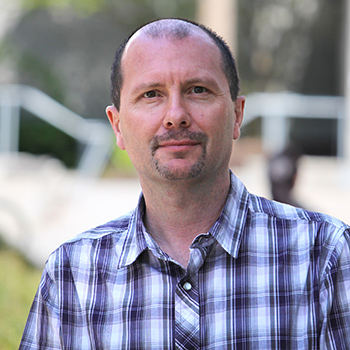A project analyzing men’s toenails to find clues about prostate cancer prevention has been funded by Prostate Cancer Canada and the New Brunswick Health Research Foundation.
Led by Associate Professor Trevor Dummer at UBC’s Centre of Excellence in Cancer Prevention, and Anil Adisesh at Dalhousie University, the project will receive $180,000 over two years to measure individual exposures to toxic metals that are known carcinogens and may cause prostate cancer.
Within the more than 30,000 toenail samples collected through the Atlantic PATH project, the team identified 149 prostate cancer patients, using detailed health and lifestyle questionnaires that accompanied the initial sample collection. They are also following up new cases of prostate cancer in the participants.
Toxic metals that could be measured in toenails, such as arsenic, are associated with some cancers, but very little is known about causes of prostate cancer. Using toenail samples of men with prostate cancer and identifying matching participants without cancer, the presence and concentrations of toxic metals, including arsenic and cadmium, will be compared. This would reveal whether these toxic metal concentrations were a risk factor for the development of prostate cancer.
“The results will also inform decisions on suitable levels of environmental exposures to these metals in the future, such as drinking water, food, and soil, as well as indicate the degree of risk for groups of people or individuals,” Dr. Adisesh says.
Prostate Cancer Canada said the research was part of a wider strategy to generate new and practical knowledge about possible modifiable risk factors that increase the likelihood of developing or affect its severity.
